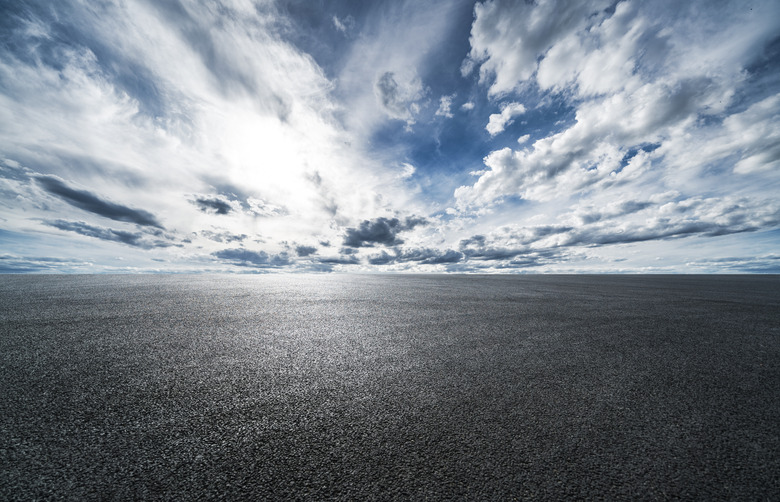How Does Air Movement Affect Weather?
Air. It's all around you, even when you're not aware of it. When you can feel air movement, though, it may be a sign that the weather is changing or that a change is on its way. The way the air moves affects the weather, because winds move heat and cold temperatures as well as moisture from one place to another, transporting conditions from one geographical zone to another. The way winds pass each other, and the direction they move, also affects what weather a region will see on any given day.
TL;DR (Too Long; Didn't Read)
Air movement in the form of wind moves heat energy and moisture from one region to another.
Earth’s Axis
Earth's Axis
Because of the tilt of the Earth's axis, winds and pressure belts pick up the influence of whichever direction they are facing. During summer in the northern hemisphere, for instance, hot winds that are warmed by the sun create the heat most people are used to at that time of year. Conversely, the winds in winter have a southward shift in direction that brings cooler weather to a region, because they are faced away from the sun's glare.
Air Masses
Air Masses
There are four main types of air masses — polar maritime, polar continental air, tropical maritime air and tropical continental air. The masses are named and categorized based on their topographical location, which also dictates the temperature and effect the mass will have on a surrounding area if it moves. Polar maritime air is relatively warm and moist, because it is heated from below by the water. Polar continental air is cold and mainly dry in winter, but warm in summer when the land heats quickly. Tropical maritime air is warm and moist, and tropical continental air is warm and dry. The movements of these air masses and their interactions with land masses affect weather in those areas.
Weather Fronts
Weather Fronts
Boundaries between the different types of air masses are known as fronts. The pressure differences that make wind happen are caused by differing conditions in air behind each front. When the air from one mass travels into another, it can create a storm or other change in weather, depending on how fast and how similar or different the two masses are at the time when they blend into each other. When two masses collide quickly into each other, it can cause a cyclone.
Topographic Influences
Topographic Influences
Topography influences air's movement, thereby having an effect on the weather. Mountain ranges, for instance, are natural barriers to air movement. Coastal winds usually cannot reach past a mountain range, so areas inland of a range tend to be dryer and warmer. The further toward a coast you move, the more humidity you will experience, because of the moisture-laden air. A city's proximity to mountains and bodies of water helps determine wind patterns and air masses.
Cite This Article
MLA
Carroll, Laura. "How Does Air Movement Affect Weather?" sciencing.com, https://www.sciencing.com/air-movement-affect-weather-8657368/. 22 November 2019.
APA
Carroll, Laura. (2019, November 22). How Does Air Movement Affect Weather?. sciencing.com. Retrieved from https://www.sciencing.com/air-movement-affect-weather-8657368/
Chicago
Carroll, Laura. How Does Air Movement Affect Weather? last modified March 24, 2022. https://www.sciencing.com/air-movement-affect-weather-8657368/
